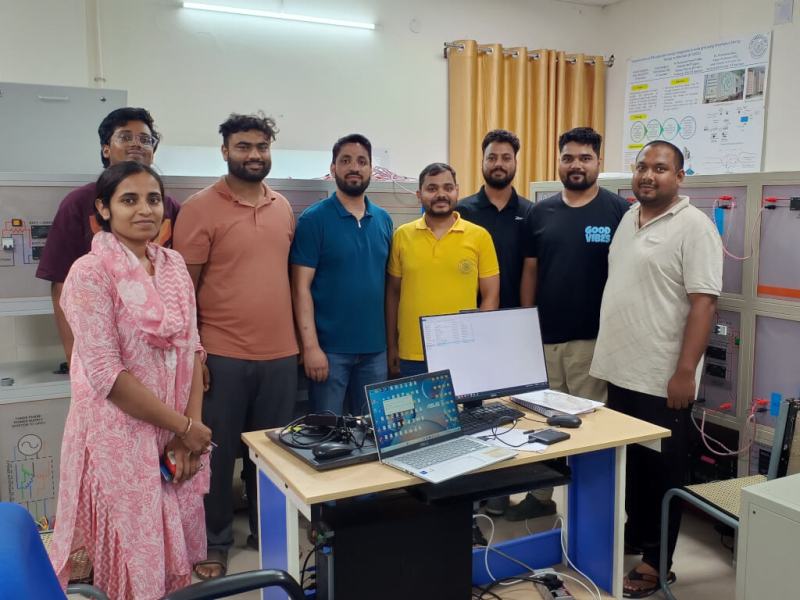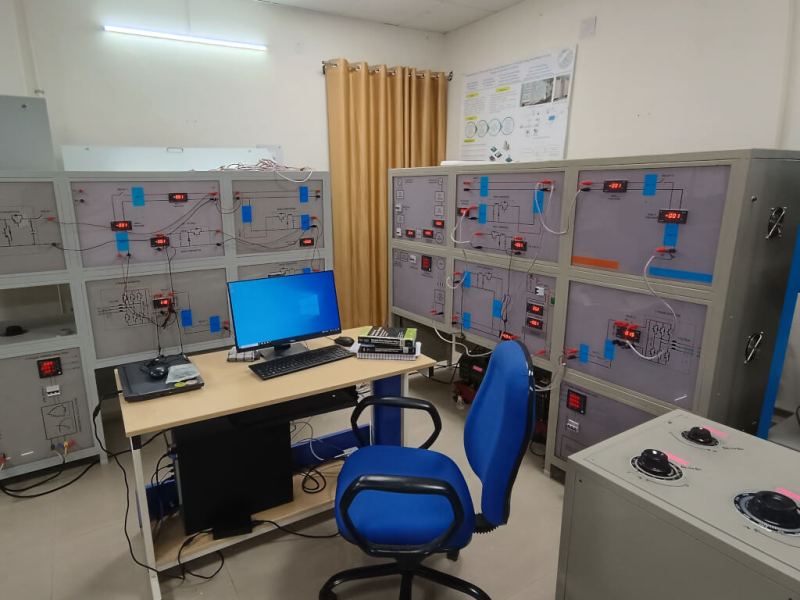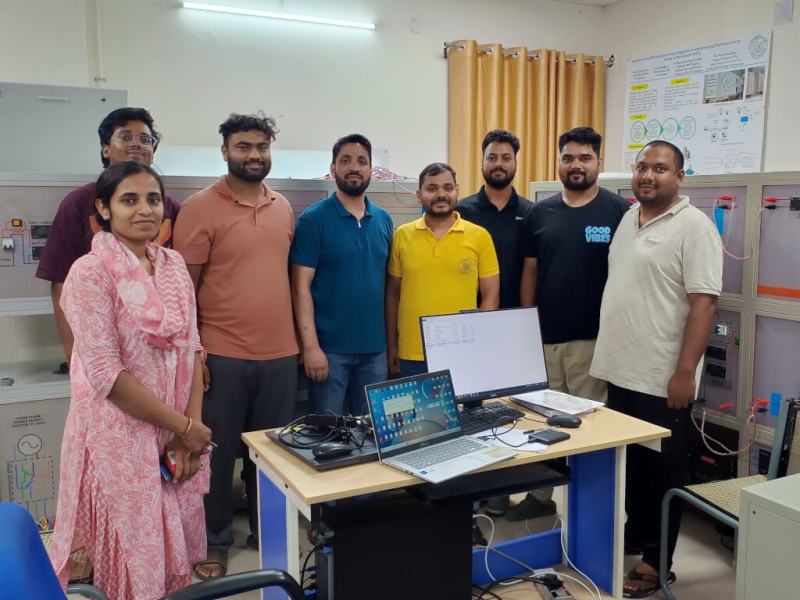Zonal DC Microgrid
The Zonal DC Microgrid is a next generation educational and research platform that replicates a 2 zone, distributed DC power system capable of simulating real world fault handling, isolation, and resilience strategies. Installed at IIT Roorkee, this system is equipped with multiple DC buses, adjustable voltage levels, and independent load/source configurations in each zone. The platform allows students and researchers to generate faults intentionally in one zone and observe how the other zone remains unaffected, paving the way for smart grid and resilient infrastructure training.



